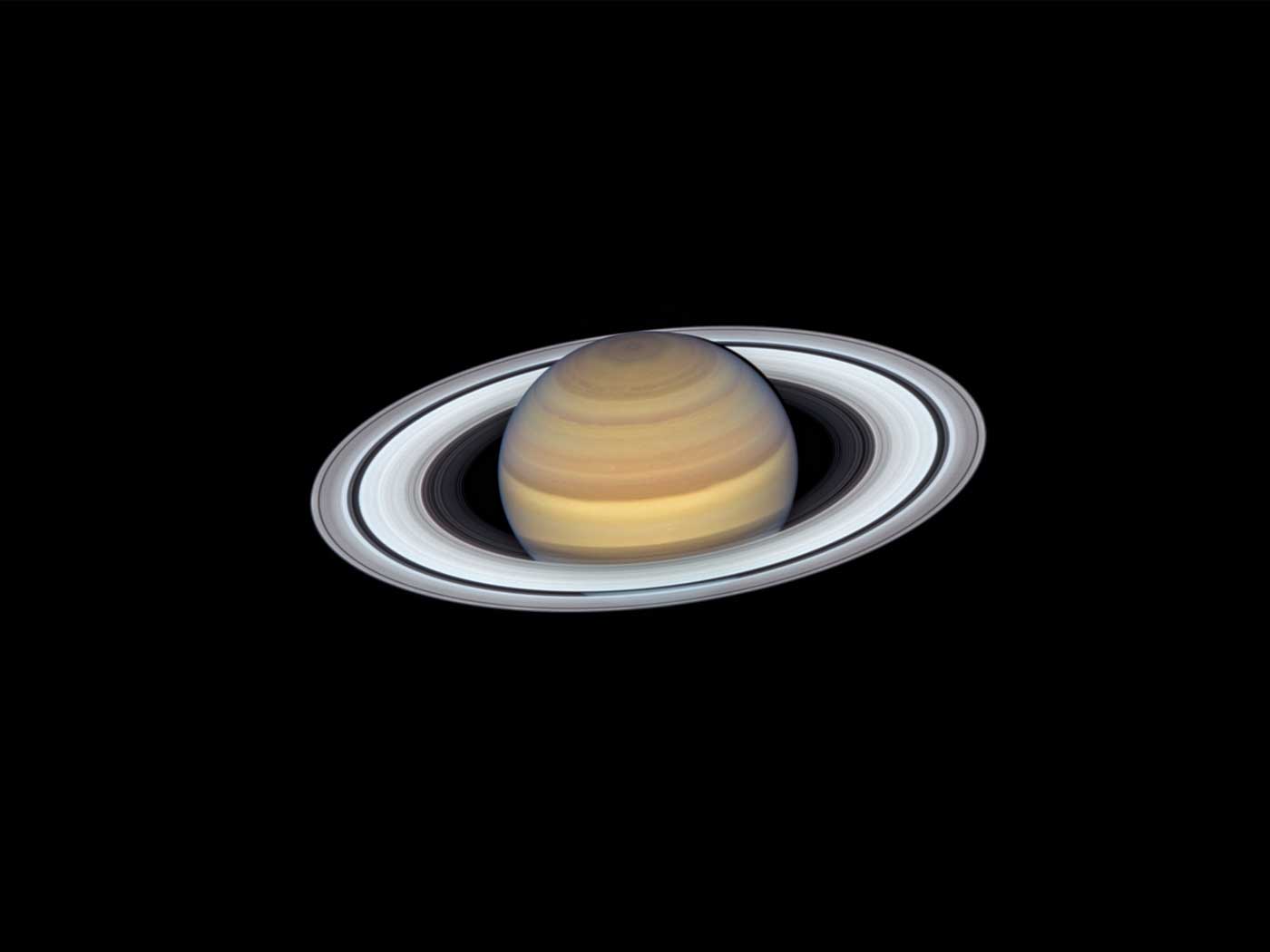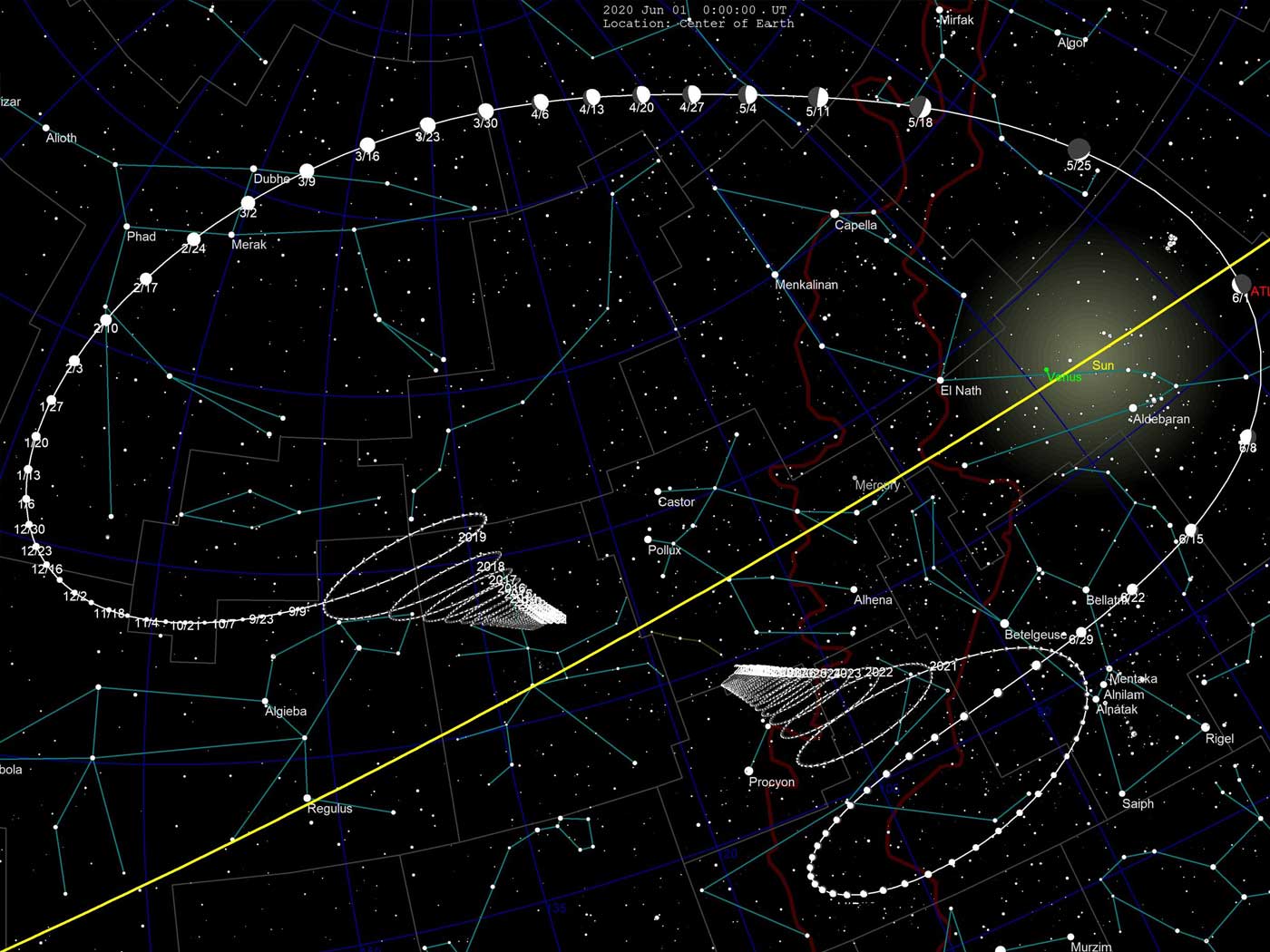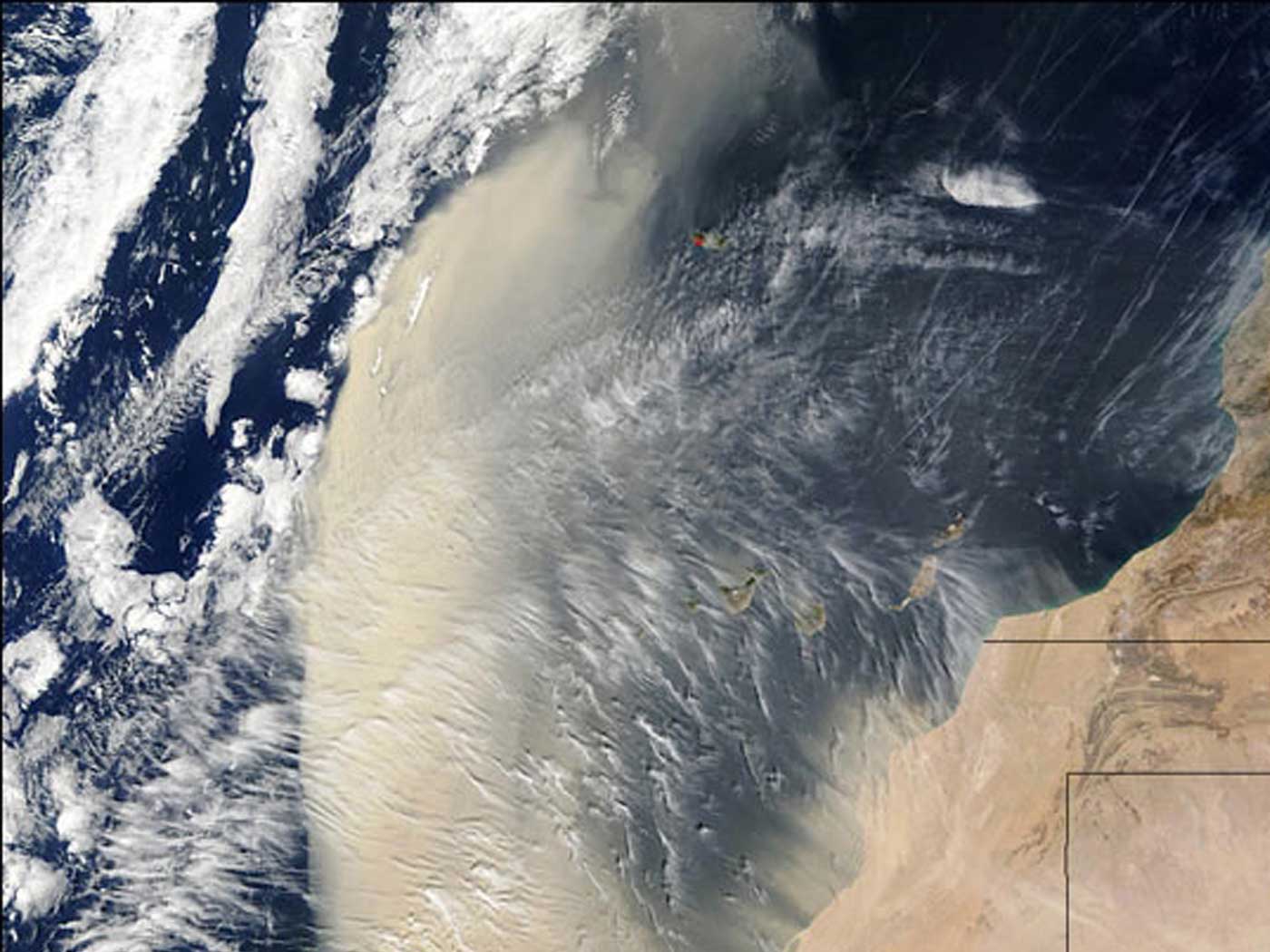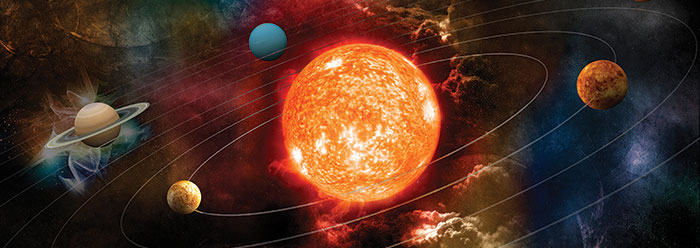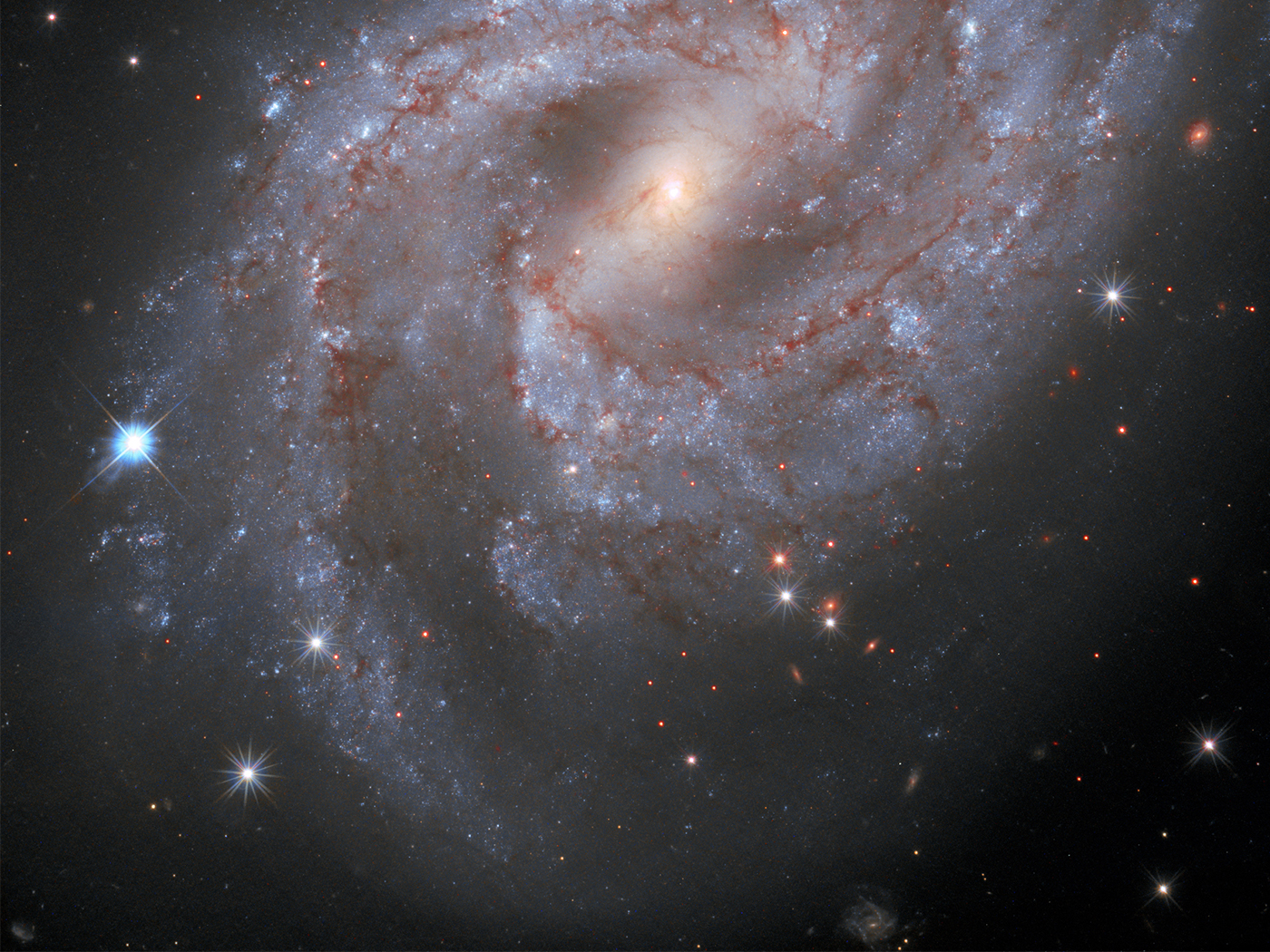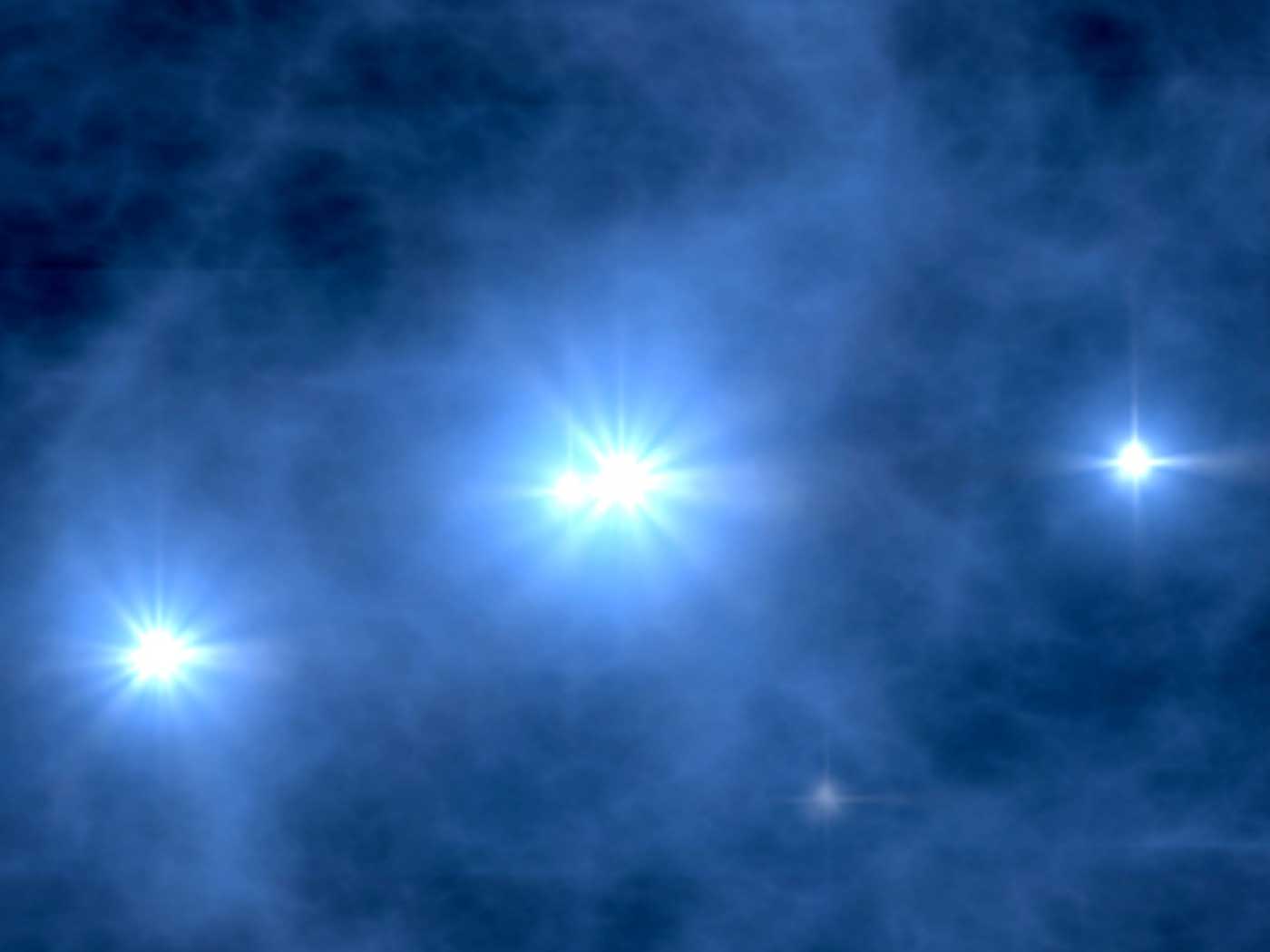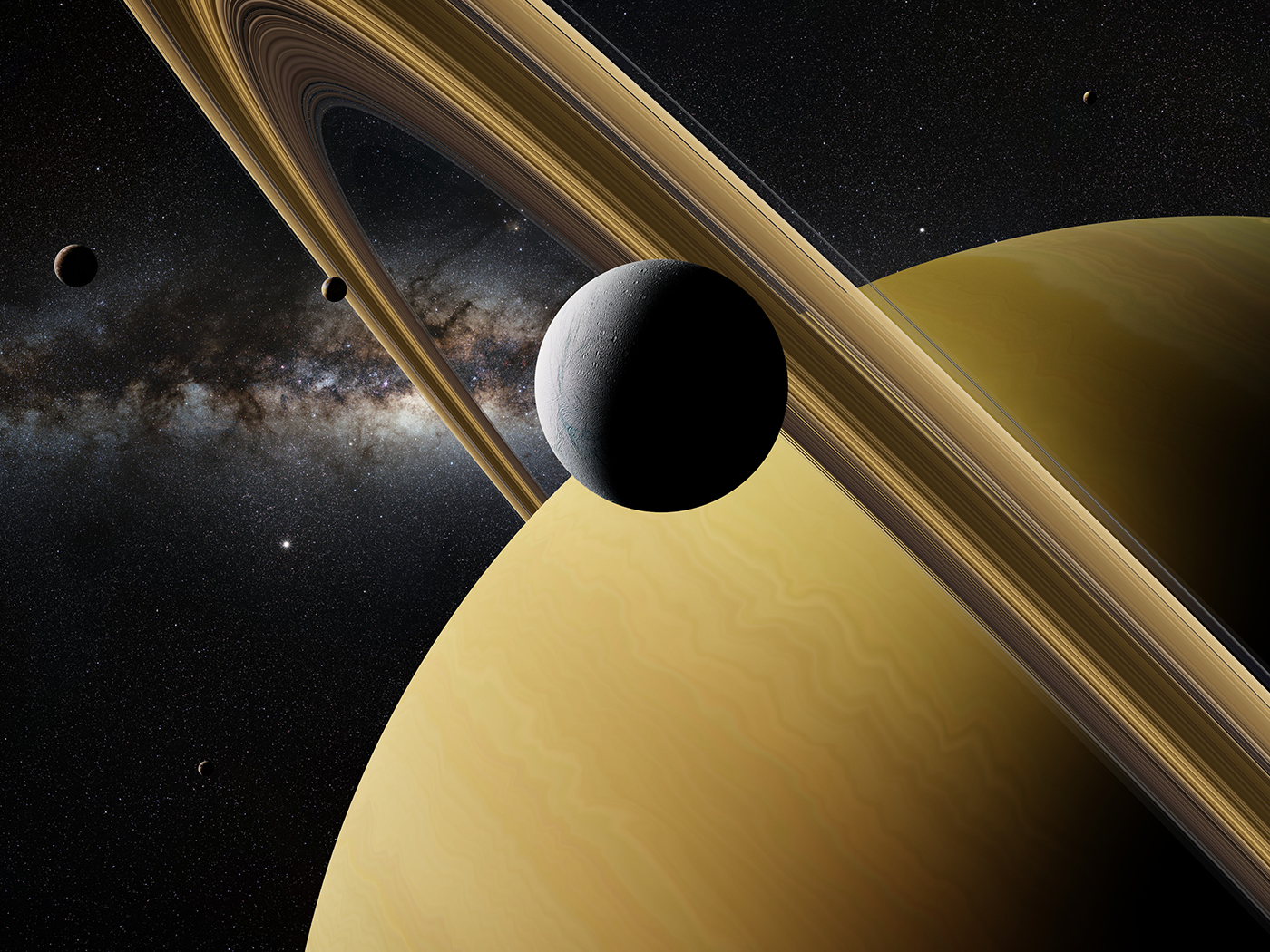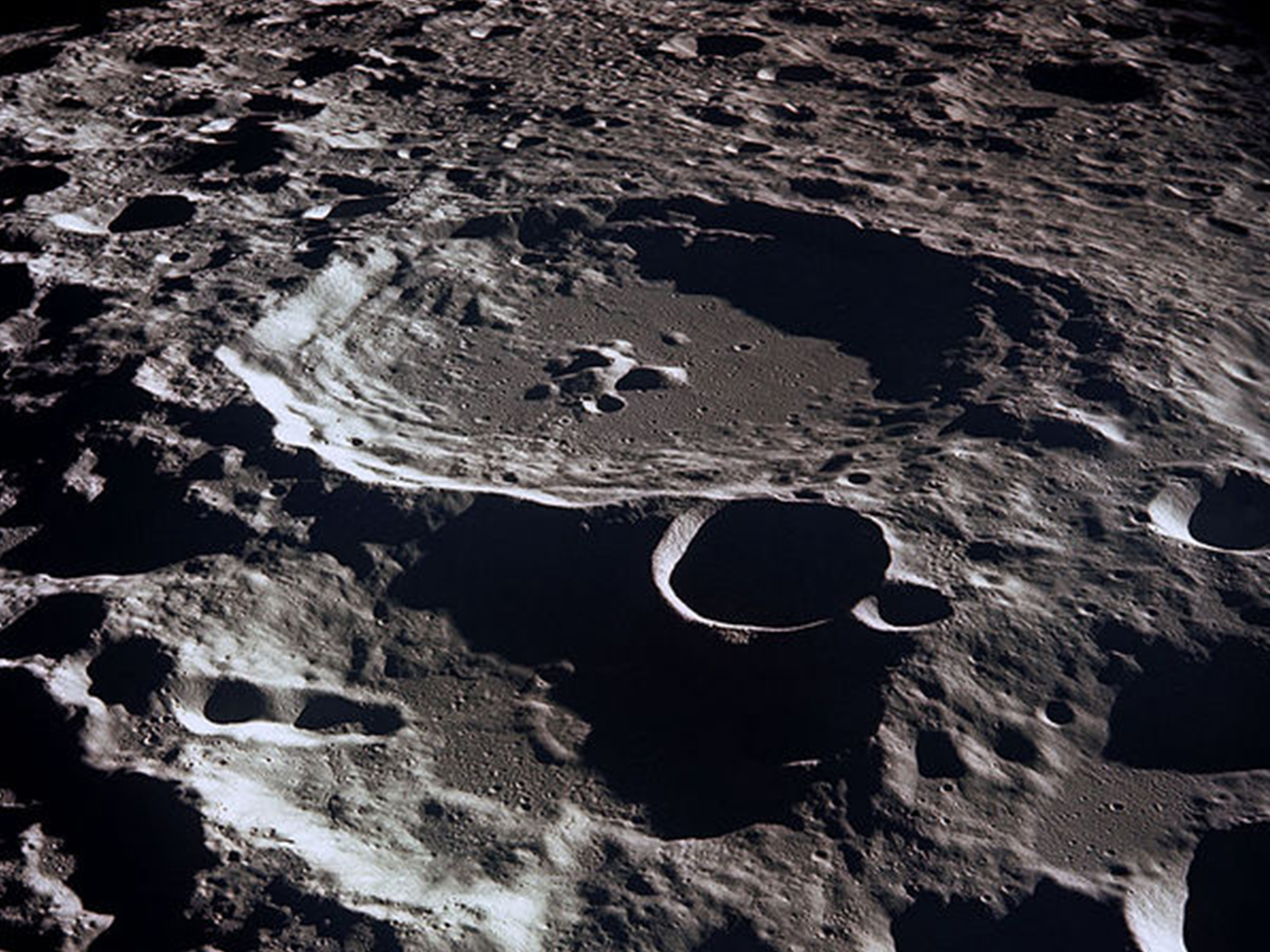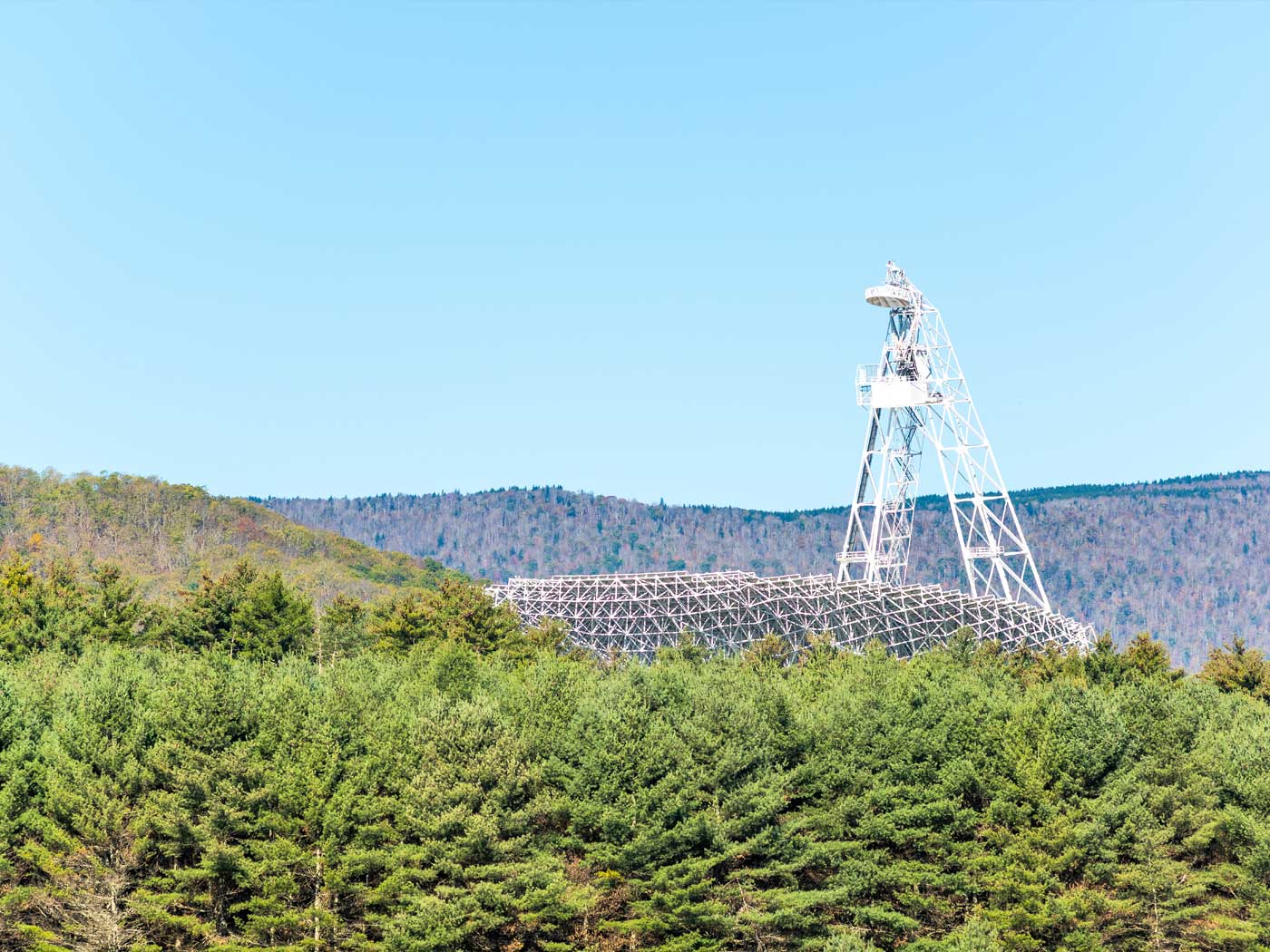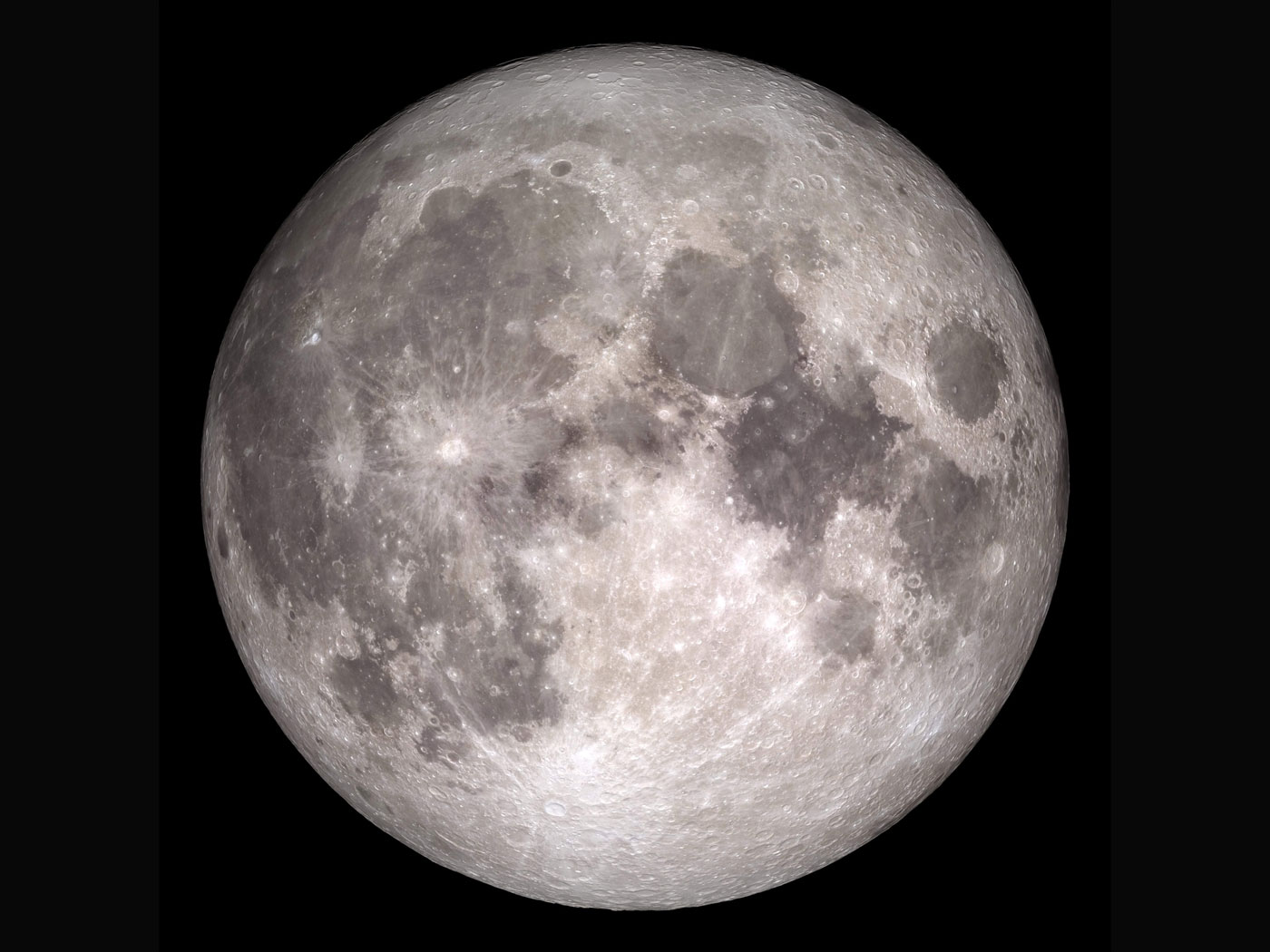Both amateur and professional stargazers have an opportunity to see a little more of God’s glory revealed in the heavens1 next week. The Perseid meteor shower is probably the best of all the annual meteor showers, and it is scheduled to put on a “peak performance” in the early morning hours of Monday through Wednesday, August 12-13.2
Meteor showers are caused by comets. When comets approach the sun, they lose material as ices in the comet nucleus vaporize. These gases form the fuzzy “coma” around the comet nucleus as well as a tail.3 Sometimes, bits of rocky material break off from the nucleus, forming a debris trail behind the comet. If the Earth passes through this debris trail, cometary fragments burn up as they enter our atmosphere at high speed, forming a “shower” of beautiful “shooting” or “falling stars.” In the case of the Perseid meteor shower, the “shooting stars” are caused by debris from the Swift-Tuttle comet.2 The shower is called the Perseid meteor shower, because the point from which the meteors appear to originate, called the radiant, is located within the constellation Perseus.
Besides their intrinsic beauty, meteor showers are a reminder that our solar system is young. Secular scientists claim that comets (which provide the source material for meteor showers) are “leftovers” from the formation of the solar system about 4.6 billion years ago. But because comets lose material on each approach to the sun, they have finite lifetimes, most of which are measured in just thousands or tens of thousands of years. So if comets are billions of years old, then why do we still see them in our night skies?
Creation scientists would argue that this is because comets, as well as the rest of our solar system, are young, having been created by God about 6,000 years ago. Secular scientists argue that “reservoirs” of potential comet nuclei can replenish the solar system with new comets to replace the comets that are no longer visible. However, there are serious problems with this idea. First, there is no evidence that one of these supposed reservoirs, the so-called Oort Cloud, even exists!4 Worse yet, there is strong evidence that at least some individual comets must be young. For instance, scientists were surprised that the nucleus of Comet Hartley 2 still contains significant amounts of “dry ice,” or solid carbon dioxide, even though dry ice is volatile and should have mostly (or completely) vaporized after billions of years.5,6 In order to maintain a belief that this comet is billions of years old, one has to argue that either the rate of escape of CO2 was, for some reason, ridiculously slower in the past, or that the escaping carbon dioxide is somehow being replenished. But how or why would either of these options be the case? It is very hard to avoid the conclusion that this particular comet is young.
The Perseid meteor shower stands out from other meteor showers for a couple of reasons. First, it is known for its “fireballs”—especially bright, colorful meteors. Its meteors also are more numerous, with sometimes 50-100 “shooting stars” per hour.2 For those wanting to view this year’s Perseid meteor shower, experts recommend finding a safe place outside the city limits in order to get away from light pollution. They also recommend that you lie on your back, so that you can see as much of the sky as possible, and that you give your eyes about thirty minutes to adjust to the lower light levels. Binoculars and telescopes aren’t needed, however.7 Meteors can sometimes be seen as early as 10 p.m., but for those in the northern hemisphere, best viewing is usually in the hours before dawn.2 Although the meteors seem to originate from the constellation Perseus, it isn’t necessary to be facing that constellation as you observe, as meteors appear all over the night sky. Naturally, observing for more than one night improves your chances of seeing shooting stars.
For those wishing to see this celestial spectacle, may the Lord bless you with clear skies. And if it is cloudy where you live August 12 or 13, don’t despair. The meteor shower is actually ongoing right now until about August 24, although the peak, with the best viewing, occurs next week.
References
1. Psalm 19:1-2.
2. Perseid Meteor Shower 2020: Interesting Facts, Tips, to Spot the Year’s Best Shower This August. Firstpost. Posted on firstpost.com July 28, 2020, accessed July 28, 2020.
3. Some comets have two tails, but the second tail is composed of dust from the comet nucleus.
4. Druyan, A. and C. Sagan. 1985. Comet. New York: Random House, 398.
5. Wolchover, N. Quirky Comet Hartley 2 Confounds Theories on Early Solar System. Space.com. Posted on space.com June 16, 2011, accessed July 8, 2020.
6. Thomas, B. Young Comet Challenges Solar System Formation Story. Creation Science Update. Posted on ICR.org June 28, 2011, accessed July 28, 2020.
7. In fact, using binoculars and telescopes reduce your field of view, making it harder to see shooting stars, which appear over much of the night sky.
*Dr. Jake Hebert is Research Associate at the Institute for Creation Research and earned his Ph.D. in physics from the University of Texas at Dallas.
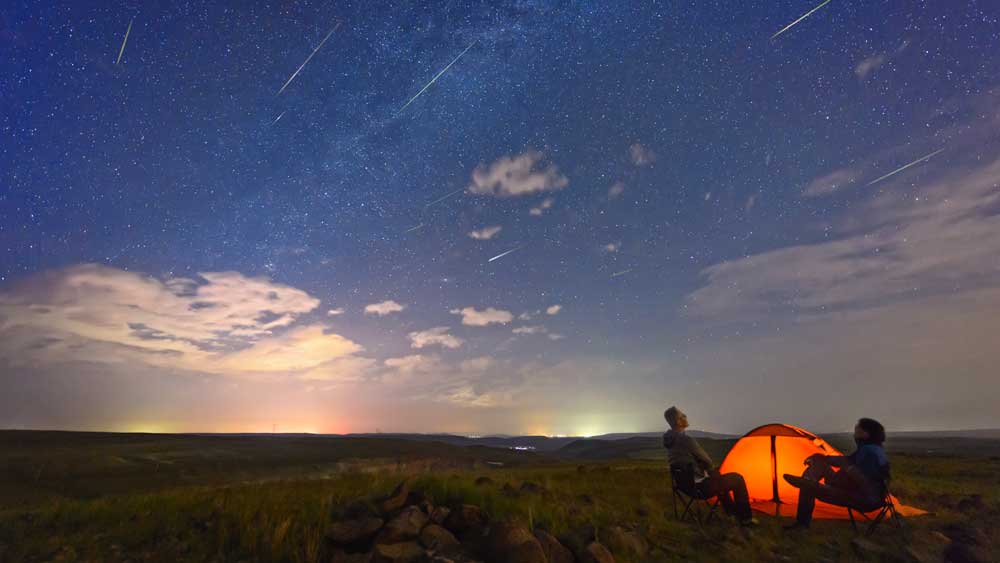
Perseid Meteor Shower Peaks Next Week
The Latest
Scientists Question Foundational Big Bang Assumption
In April 2024, some of the world’s leading cosmologists convened at the Royal Society in London to question the cosmological principle—the...
Moroccan Dinosaurs in Marine Rocks, Too
Two recent papers by paleontologist Nicholas Longrich and his colleagues describe some unexpected findings in phosphate mines of northern Morocco.1,2...
CREATION PODCAST
Ernst Haeckel: Evolutionary Huckster | The Creation Podcast:...
Ernst Haeckel, a German Zoologist, is famous for developing a series of images of embryos in development called Anthropogenie. These images,...
Bees Master Complex Tasks Through Social Interaction
Bees are simply incredible.1,2 These little furry fliers challenge the very foundation of Darwinism in many diverse ways.
Bees have been...
The Tail of Man’s Supposed Ancestors
Although it has been known for decades and despite insistence to the contrary from the evolutionary community, man—Homo sapiens—has never...
When Day Meets Night—A Total Success!
The skies cleared above North Texas on Monday, April 8, for a spectacular view of the 2024 Great American Solar Eclipse. Hundreds of guests joined...
The Sun and Moon—Designed for Eclipses
Before discovering thousands of planets in other solar systems, scientists tended to assume that other solar systems would be very similar to our own....
Let ICR Help You Prepare for the Great American Solar Eclipse!
On Monday, April 8th, the moon will move directly between the earth and the sun, resulting in a total solar eclipse visible in northern Mexico, much...
Total Eclipse on April 8th
“You alone are the LORD; You have made heaven, the heaven of heavens, with all their host, the earth and everything on it, the seas and all that...
CREATION PODCAST
Dismantling Evolution One Gear At A Time! | The Creation Podcast:...
The human body is a marvel of complexity and the more we learn about it, the more miraculous our existence becomes! Can evolution explain the...




